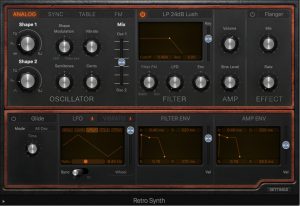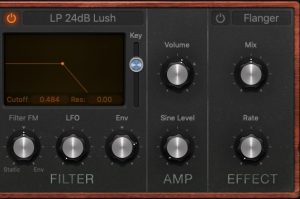Did you know that there is a technical definition of noise? Did you know that there are six main colors of noise? The most common type of noise is white noise, which consists of random fluctuations such that there is equal energy content per bandwidth. This can be thought of as being similar to a flat frequency response. Pink noise consists of random fluctuations with equal energy per octave. Brown (also called Red) noise consists for random fluctuations where the energy level of each bandwidth is related to the squared inverse of the frequency (1/f2). When listening to these three types of noise, it sounds like pink and brown noise are progressively lower in frequency than white noise. That is because more of their energy is concentrated in lower frequencies in comparison to white noise.
Blue noise features energy levels that are proportional to frequency, resulting in a 3dB increase per octave. Violet (or Purple) noise utilizes energy levels that are proportional to the square of the frequency, resulting in a 6dB increase per octave. When comparing blue and violet noise to white noise, they will sound higher in frequency than white noise, as increasing amounts of their energy is concentrated in higher frequencies. Finally, Grey noise is basically white noise that has been filtered to correspond with equal loudness curves, so that the while the energy level of each bandwidth will not be measurably equal, but will be perceived by human beings as being the same loudness.
To demonstrate white noise, I generated four seconds in Logic Pro’s Retro Synth. You can listen to the results below. On the first pass, the waveform is displayed in Audacity, on the second pass it is displayed as a spectrum in Logic Pro.


